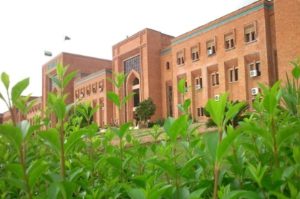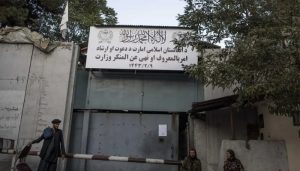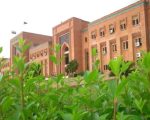The government is about to unveil its strategic plans for adjusting Electricity tariffs. Under guidance from Prime Minister Shahbaz Sharif and Minister of Energy (Power Division) Awais Khan Leghari, these changes aim to foster long-term economic stability and growth by addressing structural issues in the energy sector, despite some immediate challenges.
With challenges such as circular debt, upcoming IMF deal, electricity theft, and sluggish growth, this part of the 2024/25 fiscal plan by the government is key to driving growth and bringing stability back to the economy.
Key Measures:
1. Targeted Subsidies for Low-Income Households: The report proposes Rs. 266 billion in subsidies for protecting consumers, which comprise 58 of all consumers. These subsidies are intended to ensure that low-income families have access to affordable power, protecting them from energy poverty and enabling them to meet essential needs such as electricity, food, and shelter without undue financial stress.
2. Progressive Tariff Structures: This tariff structure is designed to be progressive, with higher consumption households paying more. This approach is expected to generate additional funds to subsidize low-income families, encourage energy conservation, and ensure a fair distribution of costs across different income groups.
3. Supporting Industrial Growth: The government is reducing electricity tariffs for industries across the board to encourage increased production, enhance global export competitiveness, and boost employment. Continued support schemes will support the industrial sector to catalyze the country’s economic growth.
4. Pro Rata Metering Adjustments: The government plans to introduce pro rata metering adjustments to address issues related to delayed meter readings by Distribution Companies (DISCOS). This initiative ensures fair and accurate meter readings, reflecting actual consumption over the billing period and protecting consumers from unfair billing practices.
5. Collaboration with the World Bank for Privatization of DISCOS: The Ministry of Power is actively working with the World Bank to privatize DISCOS fully. This initiative aims to improve operational efficiencies, reduce losses, and counter electricity theft. Privatization is expected to bring in much-needed investment and expertise, enhancing the overall performance and efficiency of the power sector.
6. Impact on Consumers: For the 16.8 million protected consumers (58% of domestic users), the proposed tariff increase is less than 2%. For non-protected consumers, the average increase is expected to be 9%. Significantly, as the economy improves, electricity tariffs are projected to decrease. By January 2025, an average reduction of 3% is anticipated for all consumers compared to June 2024.
7. Government’s Commitment: Prime Minister Shahbaz Sharif and Minister for Energy (Power Division) Awais Leghari have expressed their commitment to creating a sustainable and equitable energy sector with a clear focus towards a market-oriented structure. These tariff adjustments, while presenting short-term challenges, are designed to lay the foundation for stability in electricity prices and, consequently, sustainable economic growth for years to come.
As these plans move towards approval, the strategic approach to balancing immediate economic pressures with long-term development goals is evident.














